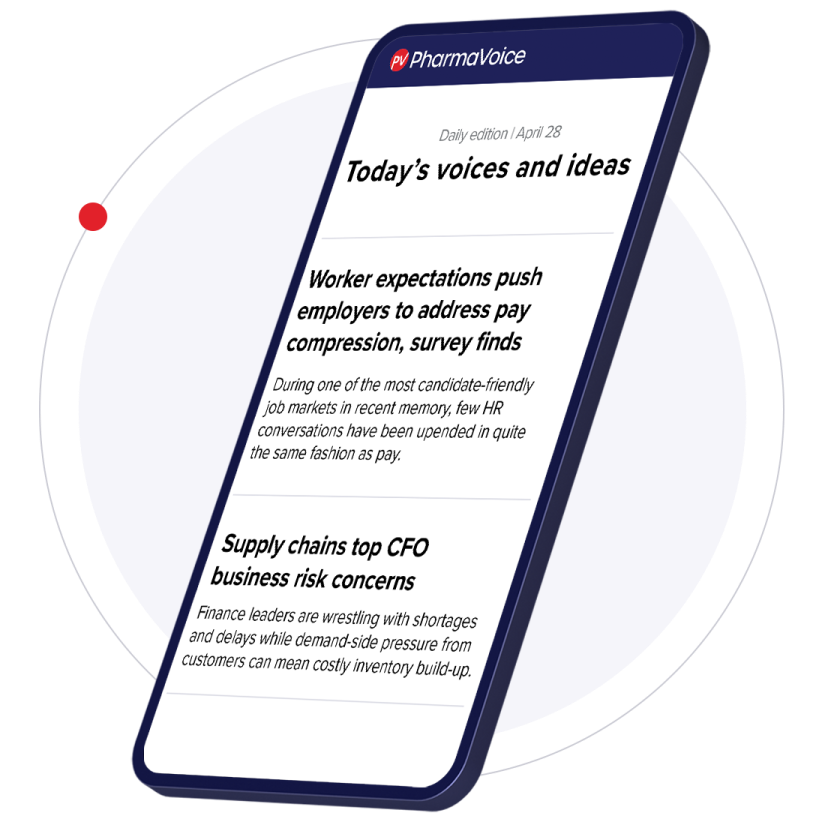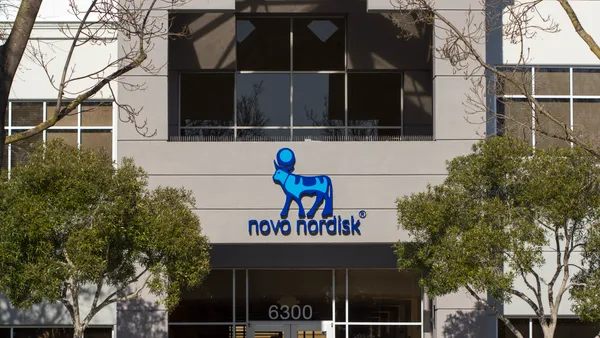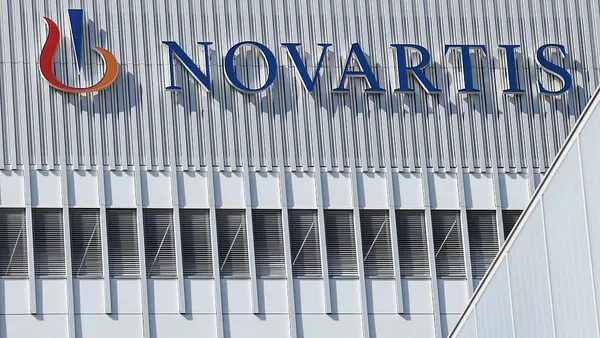A physician desperately tries to stay in touch with the experiences in her life that inspired her to become a healer. This has become more difficult as her work load increases, as she becomes burdened by phone calls and paperwork, and as patient “requests” make her feel more like a bureaucrat than a highly trained and committed professional. A patient endeavors to control his fear as he enters his doctor’s office. He has undergone a series of tests at the local hospital; he has been searching the Internet in an effort to under stand his symptoms. He has received advice and “diagnoses” from family and friends and spent hours making bargains with a higher power that he will pursue a healthier lifestyle if only, this time, he is not seriously ill. In a moment these two individuals will come together and talk about issues that are — quite literally — as important as life and death. Who asks questions? Who provides answers? What information must be shared? Who decides what is important, and what is not? Who decides what the next steps will be, or when the transaction is over? Is it a mono logue or a dialogue? Is it even communica tion? Most important, is it healing? “Unfortunately, there is overwhelming evidence that miscommunication in the doctor’s office is causing missed opportunities for heal ing every day: in diagnosis, in determining the best course of therapy, in the critical area of patient compliance,” says Joe Gattuso, the chief strategic officer at CommonHealth’s MBS/Vox unit. MBS/Vox was launched in April 2000, and is the CommonHealth unit dedicated to the analysis of reallife examining room conversations between patients and physicians. The division has worked with companies such as Novartis, BristolMyers Squibb, Pfizer, Pharmacia, and Ortho Derma tological. Improving PHYSICIAN/PATIENT Communications Using the “efficacy” of language and narrative can help build brand identity and enhance health IN AN EXCLUSIVE INTERVIEW WITH PHARMAVOICE, JOSEPH GATTUSO,CHIEF STRATEGIC OFFICER AT COMMONHEALTH’S MBS/VOX UNIT,DISCUSSES THE DRAMATIC IMPACT OF COMMUNICATION BREAKDOWNS BETWEEN PHYSICIANS AND PATIENTS that miscommunication in the doctor’s office is causing missed opportunities for healing every day. A 42 J a n u a r y / F e b r u a r y 20 0 2 PharmaVOICE VIEW on communication An Epidemic of Miscommunication While communication breakdowns are pos sible at any point in the healthcare continuum, the most common and damaging break in the chain takes place in the doctor’s office. There, as Mark Lipkin Jr., M.D., wrote in 1995 in The Medical Interview, each patientphysician encounter is “the source of satisfaction or dis tress, of learning or numbing, of efficiency or wasted effort.” Multiply that over the 300,000 to 600,000 patient encounters a generalist will have in his or her career, and there is enormous potential for the best that medicine can offer. Or — tragically — for far less. Consider the evidence in human terms, Mr. Gattuso says. In a study cited in The Annals of Internal Medicine (Vol. 128, 1999) in which videotaped patientphysician discussions about HIV risk were analyzed, physicians did not elicit enough information to identify and address the patients at high risk of infection in 73% of the encounters. Each of the 25 trans actions studied took place during an annual physical, the primary purpose of which is to identify and discuss health risks. The pressure on physicians to deliver superb care while “the clock is ticking” is unprecedented, according to Mr. Gattuso, which often requires rapid judgments about the nature of their patients’ complaints. In a widely quoted article in JAMA (Jan. 20, 1999), it was reported that physicians redi rected patients’ opening statements after a mean time of only 23.1 seconds. Place this fact against the complexity of even “routine” med ical transactions (in one study, an average of 5.8 patient expectations were expressed in interviews that lasted an average of 9.3 min utes) and one can begin to appreciate how many opportunities for better communica tion, and better medicine, are being missed. This has enormous repercussions, taking a toll both economically and on the public’s health. Patient noncompliance is pervasive in many therapeutic categories, causing serious health problems, including entirely avoidable endorgan damage due to poorly controlled chronic diseases such as hypertension and dia betes, drugresistant tuberculosis, underdiag nosed and undertreated depression, and improperly managed asthma. Language Can Heal Does the obvious need for improved patientphysician communication and the time pressures faced by healthcare profession als today amount to an intractable bind? Mr. Gattuso says, not necessarily. A study from the 1970’s (Korsch and Negrete, 1972) found that the quality of the medical encounter, not the length of the patient visit, was the best gauge of patient satisfaction. In fact, longer visits were often indicative of communication “fail ures” that took extra time to resolve. “When we consider that the healthcare industry is now spending upwards of $2.5 bil lion a year in directtoconsumer and directto patient communications, the best way to max imize this huge investment may be to ensure that patients and physicians are improving the quality of their interactions — that active lis tening and empathetic dialogue is dispensed as freely as incomplete information, `medicalese,’ and prescriptions,” Mr. Gattuso says. While language is often the culprit in “compromised” medical transactions, there is growing evidence that it can also be the cure. “When we review the work by experts in medical practice and communication, we find powerful evidence that improving communi cation between physician and patient is an achievable goal — with important conse quences for quality of care,” he says. The facetoface meeting of patient and physician to talk about health and make diag nostic and therapeutic decisions is the supreme moment in healthcare. It is also the “moment of truth” for the billions of dollars spent on professional and consumer promotion and education. “With so much riding on these moments, you’d think more effort would go into ensur ing their success,” Mr. Gattuso says. “Instead, too often, the doctor unwittingly trivializes or misses the exact nature of the patient’s prob lem. Or the patient, intimidated and/or con cerned, does not provide the information nec essary to help the physician make appropriate medical decisions. Each party may use lan guage that, while clear to him or her, simply confounds the other party.” According to Mr. Gattuso, one of the land mark studies in the field of healthcare com munications is — Claiming Power in Doctor Patient Talk — by Nancy AinsworthVaughn, who taped 101 visits between 13 physicians and 40 patients. Ms. AinsworthVaughn dis covered that a “power struggle” to have one’s visit agenda met lies at the heart of most patientphysician encounters, and that both parties consciously and/or unconsciously use a variety of language strategies to be heard — some highly effective, others not. A significant point Ms. Ainsworth Vaughn makes, one that is missing from many other papers on the subject, is that the physi cians in her study were as motivated as the patients to increase rapport and the efficiency of communications. Every Illness Tells a Story Given that narrative of some kind remains the primary tool for diagnosing disease, recog nizing the unique “story arc” of every illness is a critical task for healthcare professionals. According to Mr. Gattuso, Rita Charon, M.D., Ph.D., of Columbia University’s College of Physicians and Surgeons, is a pioneer in the use VIEW on communication of literature and language to help physicians better understand themselves and their patients, the better to deliver quality care. The opening paragraph of her Doctor Patient/ReaderWriter: Learning to Find the Text (Soundings, Spring 1989) is, arguably, the best articulation of the promise of this new way of looking at language and stories in health care: The imagination is a powerful instrument in the practice of medicine. The physician’s effectiveness increases with empathy, and empathy springs from the ability to imagine the patient’s point of view. This encounter hinges on narrative acts: on the patient’s abili ty to tell a story, and on the interviewer’s skill in receiving it and hearing its message. “Physicians and patients have learned not to expect as much out of each other as com pared with 20 years ago,” Mr. Gattuso says. “There’s not enough talk around how to take medications properly and why a physician pre scribes what he is prescribing. There needs to be more discussion on precisely what a drug is doing in the body that’s beneficial, which of course leads to compliance, persistency, and even prescriptions.” Healthcare Stories Selling “stories” (personal selling to physi cians) remains the dominant medium in pro fessional promotion of healthcare brands, accounting for about $4.8 billion spent by the industry, according to 2000 IMS survey data. In fact, personal selling, journal advertising, and DTC communications, all disciplines with a strong storytelling element, together represent half of all healthcare promotion, according to the IMS data, with sampling accounting for the other half. “The power of story is wellrepresented in the medical literature,” Mr. Gattuso says. “Yet, somehow, we in healthcare communica tions haven’t gotten the message. As the chief storytellers to physicians, consumers, and patients, we can and must bring more preci sion, relevance, educationalvalue, and empowermentvalue to our communications. “Above all, we must speak with one voice to the greatest degree possible in our medical education programs, directtoconsumer advertising, in our Internetbased programs, and all of our media investments,” he says. “By giving patients and physicians a greater common understanding and vocabulary, we dramatically increase the chances that promises, complaints, and information will be expressed and understood. This, in turn, increases the likelihood that the right deci sions will be made about what therapy to pre scribe and what appropriate use of that thera py entails.” The Need to Individualize A frequent theme in the literature on patient compliance/persistency is the need to customize interventions based on the individ ual and his or her progress. Stated simply, interventions that help someone just starting on a program of medication and lifestyle change are not the same as interventions that will help someone maintain that positive change long term. The form of intervention, the content and tone of voice employed in these interventions — whether mediated through personal con tact, mail, or Internet interactions — must be based on a precise understanding of how lan guage can either motivate or alienate on an individual level. “There are huge benefits in framing a brand’s promise for a condition around posi tive and negative patient emotions, and then showing how the brand would really improve that emotional response to the condition and helping the physician and patient talk about the condition,” Mr. Gattuso says. “In promo tion we tend to focus so much on the rosiest picture of the brand promise that sometimes there’s less of a sense of reality and relevance for doctors and patients.” Dr. Prochaska, a leading authority in the field of compliance, has defined processes that are essential to effect compliance/persistency at various stages. In an article in American Psy chologist (September 1992), he lists these as consciousnessraising (information and educa tion), selfevaluation (analysis and assessment), reinforcement (rewarding oneself), and help ing relationships (being open and trusting of help). The linguistic literature in healthcare and research undertaken by MBS/Vox in col laboration with Georgetown University’s Heidi Hamilton, Ph.D., shows that the impact of communication is highly dependent on the context of the dialogue, including motivations, stature and level of intimacy of the speakers. “To speak the language of compliance — in facetoface therapeutic encounters, databased mailings, mass advertising, Internet Websites, and chatrooms — we must speak in language demonstrated to connect with patients very like the recipient of our messages,” Mr. Gat tuso says. “To behavioral and psychological understanding of these audiences must be added linguistic understanding.” From Healing Words To Stories of Healing “These and other insights can have a dra matic impact on how we position, promote, and support specific brands to the physician and the patient,” Mr. Gattuso says. “They can shape our approach to everything from prima ry branding through selling language and imagery, market research, medical and patient education, interactive and experiential media, and the full spectrum of programs designed to improve patient compliance.” Scientific, political, economic, and ethical challenges abound in the brave new world of healthcare choice. These challenges demand brave new words — words with the power to inform, inspire, and empower physicians and patients alike. F PharmaVoice welcomes comments about this article. Email us at [email protected]. 44 J a n u a r y / F e b r u a r y 20 0 2 PharmaVOICE In promotion we tend to focus so much on the rosiest picture of the brand promise that sometimes there’s less of a sense of reality and relevance for doctors and patients.
An article from


Improving Physician/Patient Communications
Filed Under:
Commercialization









